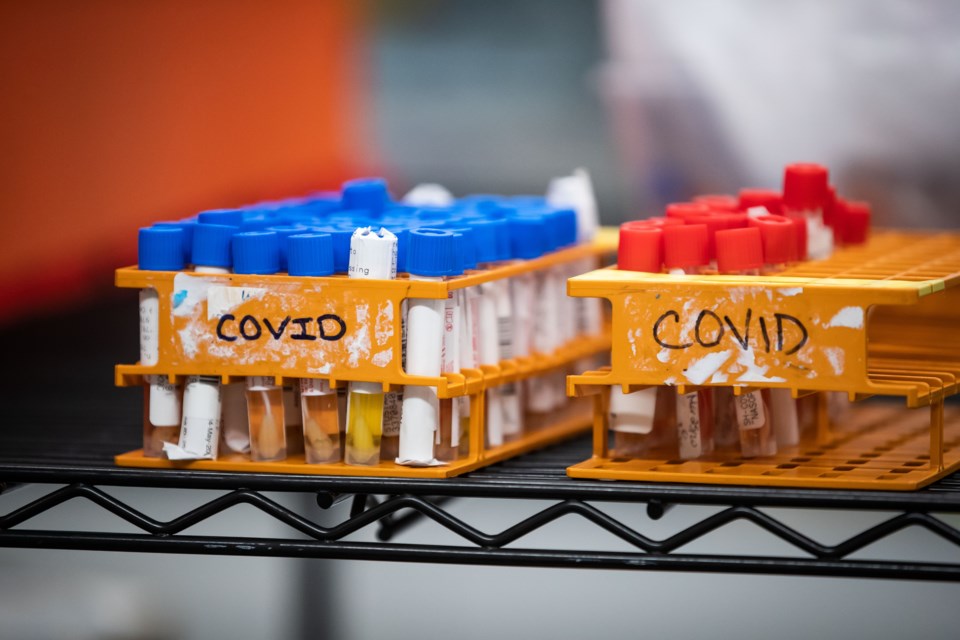Thousands of scientists around the world are working on problems raised by the COVID-19 pandemic. Here is a summary of some recent research from peer-reviewed academic journals and scientific agencies:
---
The journal Science reports that researchers have mapped the protein complex that the novel coronavirus uses to enter and infect human cells. Understanding that pathway will be crucial to developing a COVID-19 vaccine. The paper says that the virus has a weaker shield of a particular chemical that may determine which cells the virus can infect. It says that could help create potent antibodies and a new basis for tests and vaccines.
---
The international group Centre for Infectious Disease Research and Policy has proposed three future scenarios in the world's fight against COVID-19. Scenario 1: The first wave is followed by a series of repetitive smaller waves through the summer, gradually diminishing in 2021. Scenario 2: The first wave is followed by a larger wave in the fall or winter of 2020 and one or more smaller subsequent waves in 2021. Scenario 3: The first wave is followed by a “slow burn” of ongoing transmission. The first two scenarios are considered to be more likely and would require reimposing some public health measures. All scenarios imply at least another 18 to 24 months of significant COVID-19 activity.
---
The first single-dose vaccine developed for a virus similar to the novel coronavirus has been shown to protect monkeys from infection, says Science Advances. The vaccine protected the monkeys against six different strains of the MERS virus, one of three coronaviruses threatening humans to have emerged in the last 20 years. Researchers behind the study say the same vaccine platform may be used to develop an agent effective against the virus that causes COVID-19.
---
Canadian Blood Services is collecting plasma donations from people who have recovered from COVID-19. It's part of research that is trying to find out if such plasma is a possible treatment for people infected with the virus. There are 10 research teams and more than 50 hospitals across the country participating in the trials. Donor centres are in Vancouver, Calgary, Edmonton, Saskatoon, Regina, Winnipeg, London, Ont., Hamilton, Toronto, Ottawa and Halifax.
---
Non-peer-reviewed research from the University of Waterloo suggests that continued physical distancing in Ontario and Quebec could save tens of thousands of lives. The authors say that waiting another several months before lifting distancing guidelines could save close to 100,000 lives. The researchers combined standard epidemiological models with artificial intelligence analysis of data from 184 countries as well as with cellphone tracking data from across North America.
---
An unreviewed study funded by the World Bank has found a link between rates of COVID-19 infection and air pollution. Looking at 355 Dutch municipalities, it found tiny particles in the air are significant predictors of COVID-19 cases and hospital admissions. The study suggests that expected COVID-19 cases increase by nearly 100 per cent when pollution concentrations increase by 20 per cent. It says the findings hold up even when pre-existing conditions and local demographics are accounted for.
---
This report by The Canadian Press was first published May 5, 2020
Bob Weber, The Canadian Press



